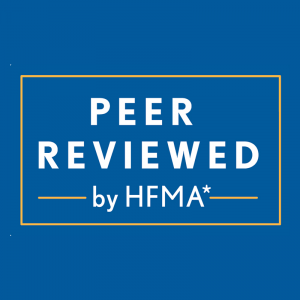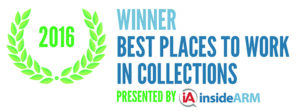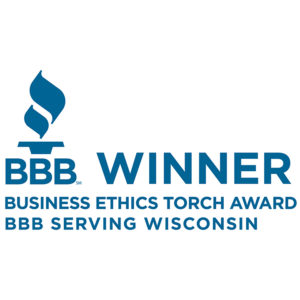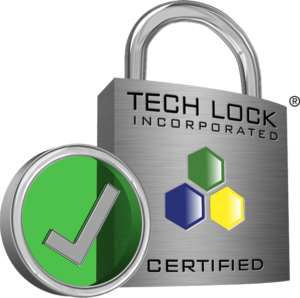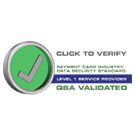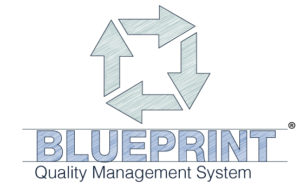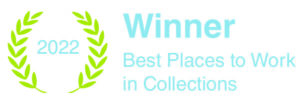In the United States, consumers receive 24% of their bills electronically (Blueflame Consulting study) – and that number continues to grow. When it comes to processing those payments, more than 50% are paid through the biller or banking website via computer or mobile device, and nearly 20% more are pre-authorized or paid via mobile device (The Western Union Money Mindset Index). Conventional wisdom has been that given the episodic nature of healthcare services, electronic adoption will never match that of wide-ranging consumer billing and payment trends. But that may not be the case.
A recent study by InfoTrends reveals that while 8% of patients surveyed receive their healthcare bills electronically—25% cited that this was their desired state. Similar gaps exit between how patients are currently paying their healthcare bills and how they would prefer to pay them. For instance, 21% of patients said that they are paying their healthcare bills on the provider’s website today, while 30% would prefer this payment channel.
The report also explores the nuances of electronic delivery, as patients might prefer to receive these communications on the web, via email, on a mobile app, or via text message. Most patients who receive electronic healthcare bills today are being directed to a website to login and view them, but the preferences are shifting to mobile notifications.
The gaps between patient preference and actual electronic adoption in healthcare suggest that electronic payment channels are either unavailable, not clear, or underutilized by healthcare providers. Given the complicated nature of healthcare billing, driving electronic adoption among the consumers requires a higher standard than other industries. This article focuses on three aspects required to drive electronic adoption in healthcare:
- Better design
- Outcome-based messaging
- Personalization
Better Design
Healthcare financial communications must be designed to drive the desired action based on the way people process information visually. Apex’s design is perfected using state-of-the-art 3M heat map technology to ensure a consumer’s eye pattern will naturally go to the desired information, in the preferred order, as they read their statement. Bills have a very high open and read rate (95%), however if we fail to control how information is consumed, it can lead to confusion – resulting in a poor patient experience and disappointing payment results.
As shown in the figure below, the Apex statement is designed to drive action in the three primary areas to which the eye is drawn – where patients will process information in the first 3-5 seconds of opening the bill.

Apex applies a heat-mapping performance test to ensure the most critical elements of the statement are read and understood.
Outcome-based Messaging
Once we have a statement designed for the way humans process information, we can use that communications vehicle to focus on the actions we want them to take. Far too many healthcare statements present EVERY payment option to the patient, which is not only confusing, but ineffective.
If the goal is to drive electronic adoption, the messaging used in the primary calls to action should be clear to achieve your goals:
- Drive patients to adopt e-statements
- Drive patients to pay online
- Encourage patients to pay through a mobile device by scanning a QR code
- Encourage patients to sign up for recurring, electronic payments
- Drive more patients to sign up for patient portal
Here’s an example of how the right design and the right words can make a multi-million dollar difference when it comes to patient billing. A Florida health system was experiencing common revenue cycle struggles. They were experiencing rising self-pay accounts receivable and increasing bad debt. They had invested in online billing and payments, but it wasn’t being used. Recognizing that they had a communications problem, they took the following action:
- Revamped their statement design to reduce confusion, and
- Applied strategic messaging to encourage patients to pay online.
The result was this:
- A $12 million turn around turn around in self-pay performance
- 450% growth in e-statements, and
- A 10% reduction in costs, due to electronic adoption and fewer statement cycles sent
Personalization
Actions we drive must be appropriate for the desired outcome, but they must also be appropriate to the patient. It doesn’t make sense to put too much focus on electronic payment tools that a portion of the population will not or cannot use. Understanding your patients is key.
The InfoTrends report reveals that patient preferences related to electronic billing and payments diverge based on generational factors, financial means, frequency of care, technical propensity, and even the type of encounter. Here are some examples:
- 17% of patients ages 18 to 24 noted that they prefer to access the majority of their healthcare bills through a mobile app, compared to just 5% of patients ages 45 to 54.
- The more visits a patient has per year, the more likely they are to miss a payment. But how we remind them to pay is key. Almost 30% of these patients would prefer a text message reminder, while 19% would prefer a letter to remind them.
- Of the patients who primarily use a website with a login to access their healthcare bills, 69% would prefer their access point to be via a patient portal versus a payment portal. This is especially true for patients who cited six or more visits to a doctor’s office or hospital in the last year, which suggests that patients who more frequently require healthcare services prefer a central repository for their medical information.
By segmenting your patient population to drive electronic adoption for those who want it or are likely to want it, you have an opportunity – not only to increase the effectiveness of your communications, but to improve the patient experience. By developing financial communications from a point of patient understanding, you increase each patient’s likelihood to pay, carve out cost, and demonstrate a level of empathy that shows patients you know them, which in turn solidifies patient loyalty.
About State Collection Service, Inc.
Since 1949, State Collection Service has provided quality collection service to countless healthcare organizations.
Through experience and innovation, State Collection Service has grown to become a tremendously credible and nationally-recognized collection agency offering services from pre-registration to bad debt. It is upon the basis of ethical behavior and a dedication to integrity that each State Collection Service employee works to uphold the company’s vision – Partnerships for a Lifetime.
*This article first appeared in “A State Collection Service, Inc. Newsletter Volume 22, Issue 4, Fourth Quarter 2016”




